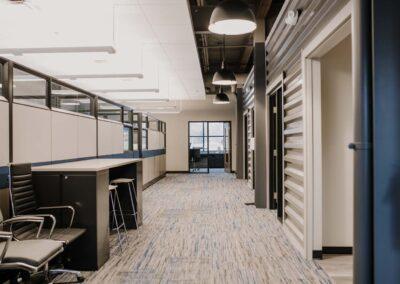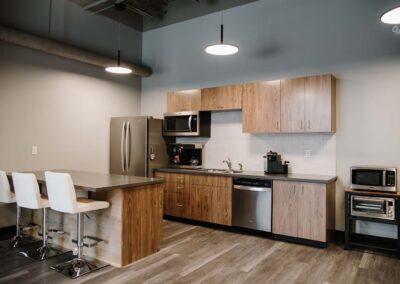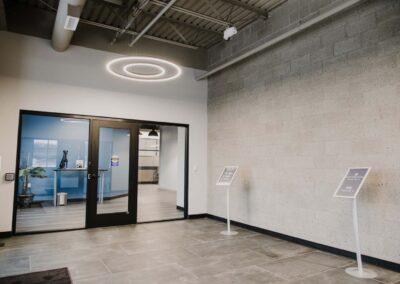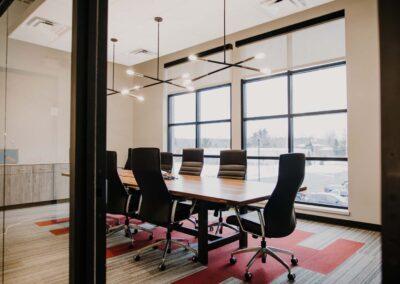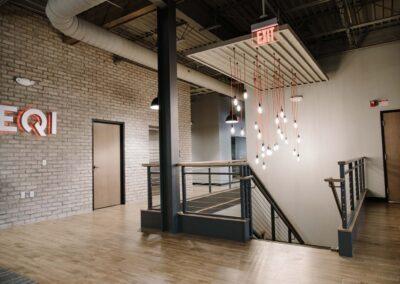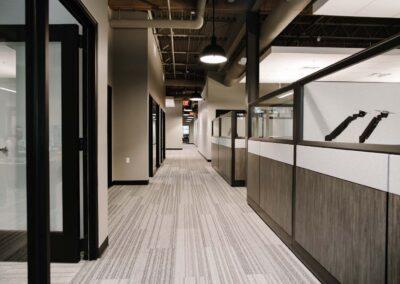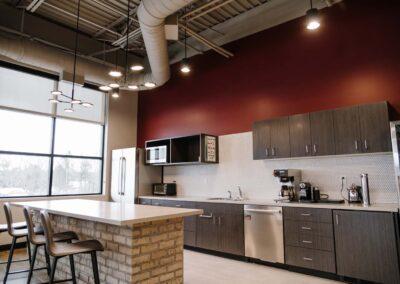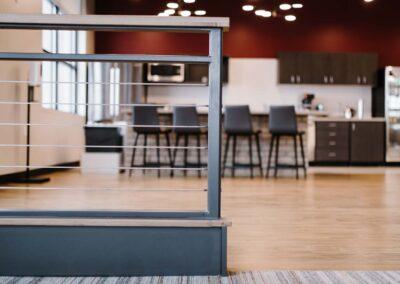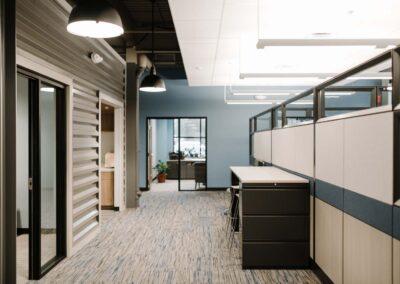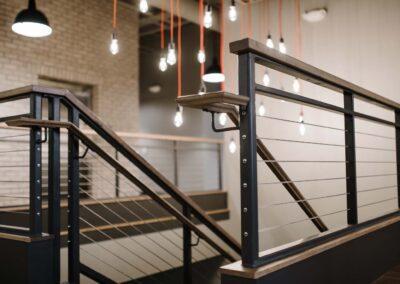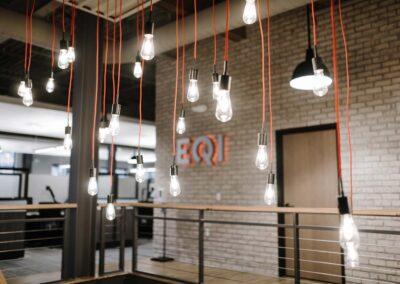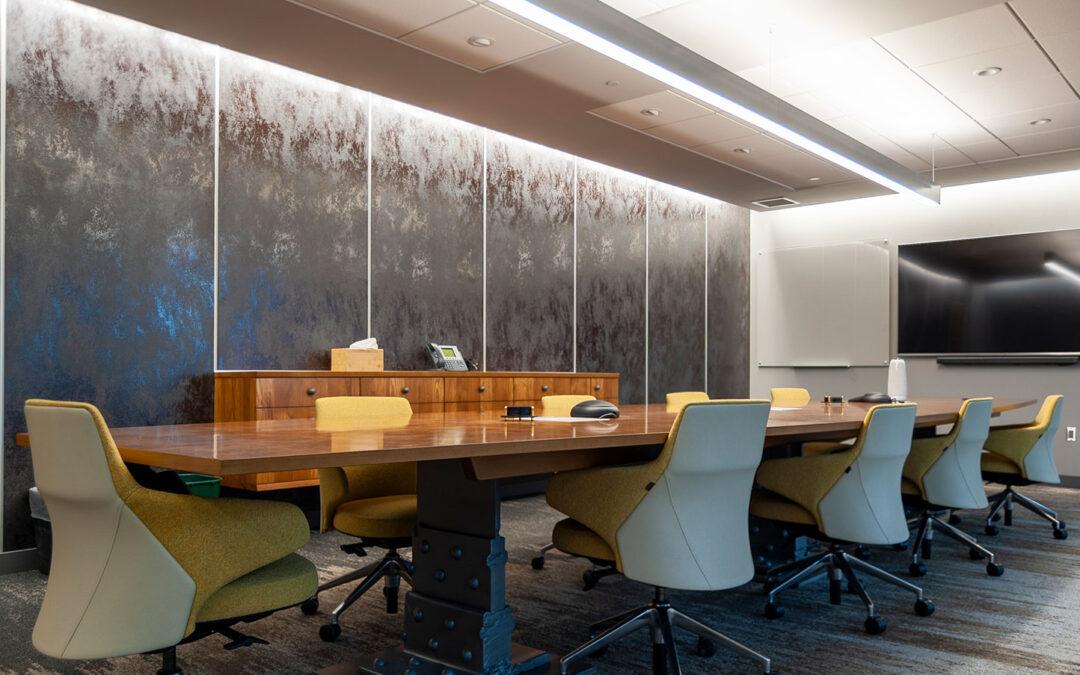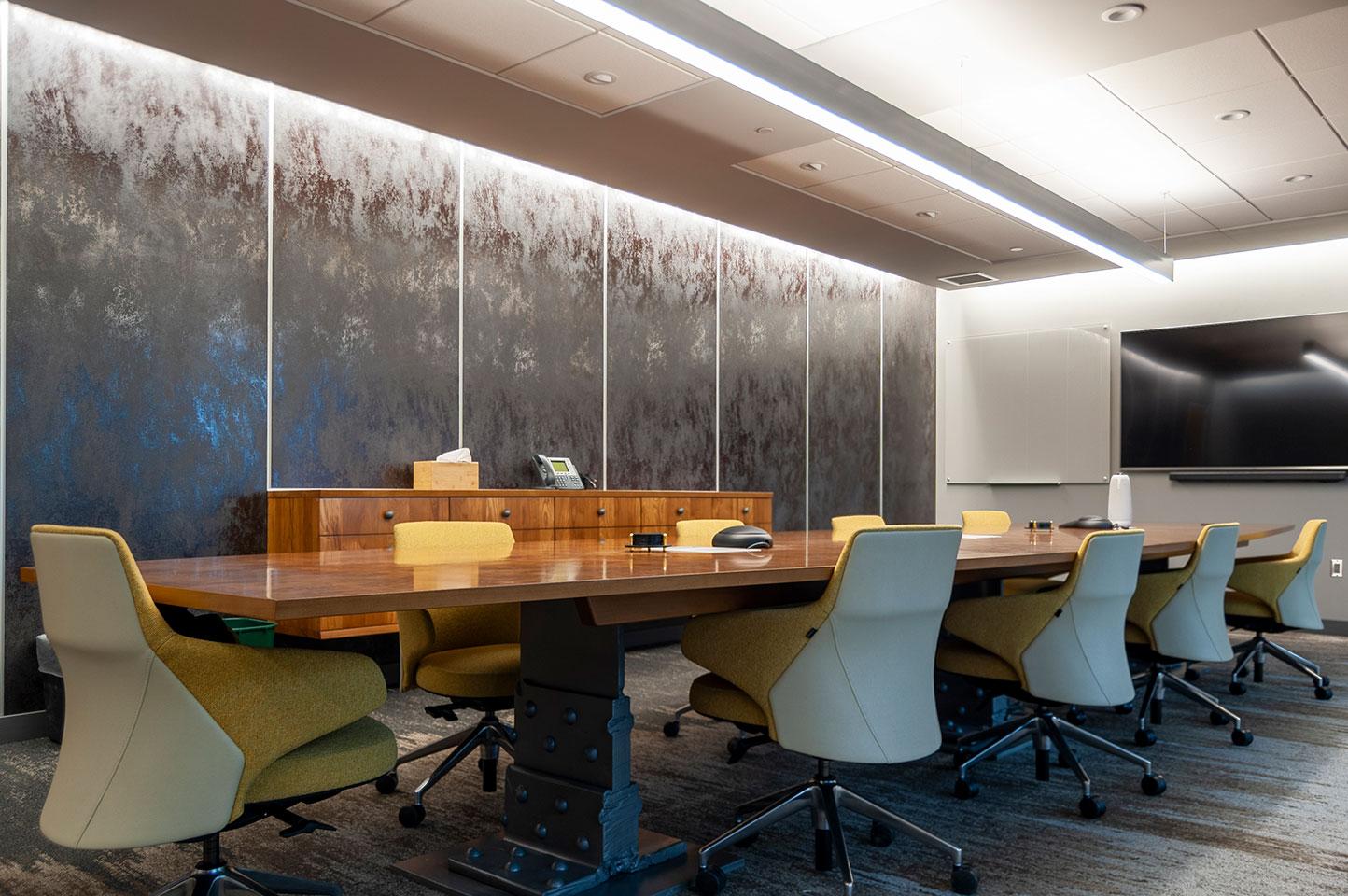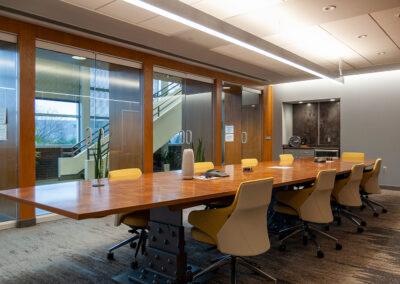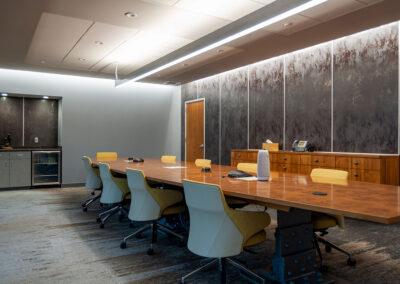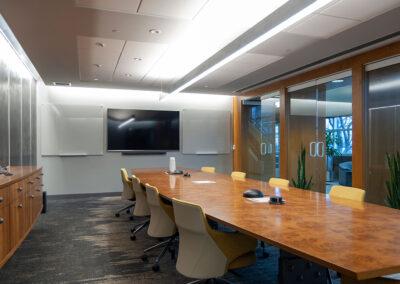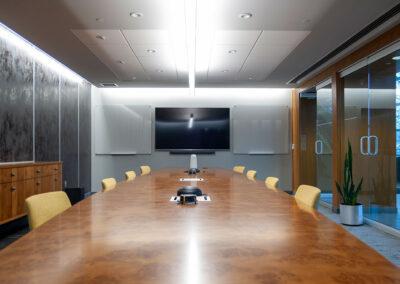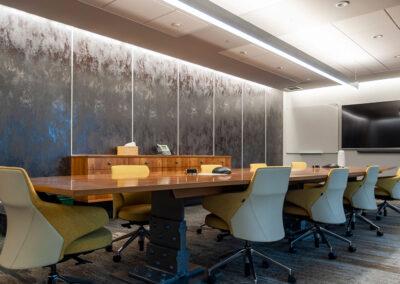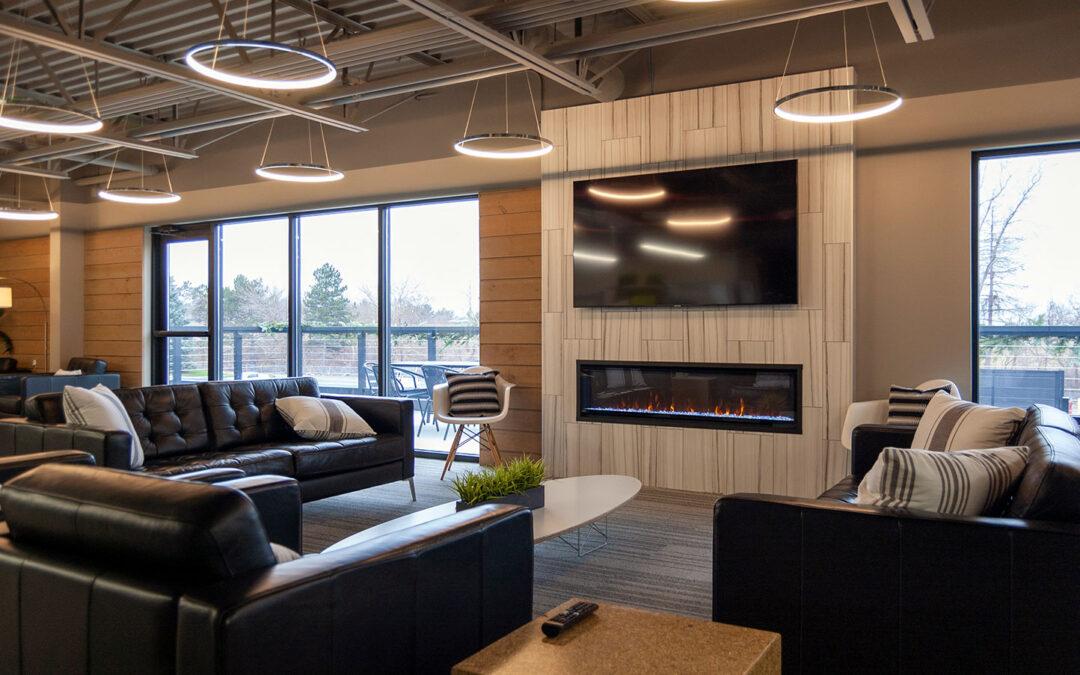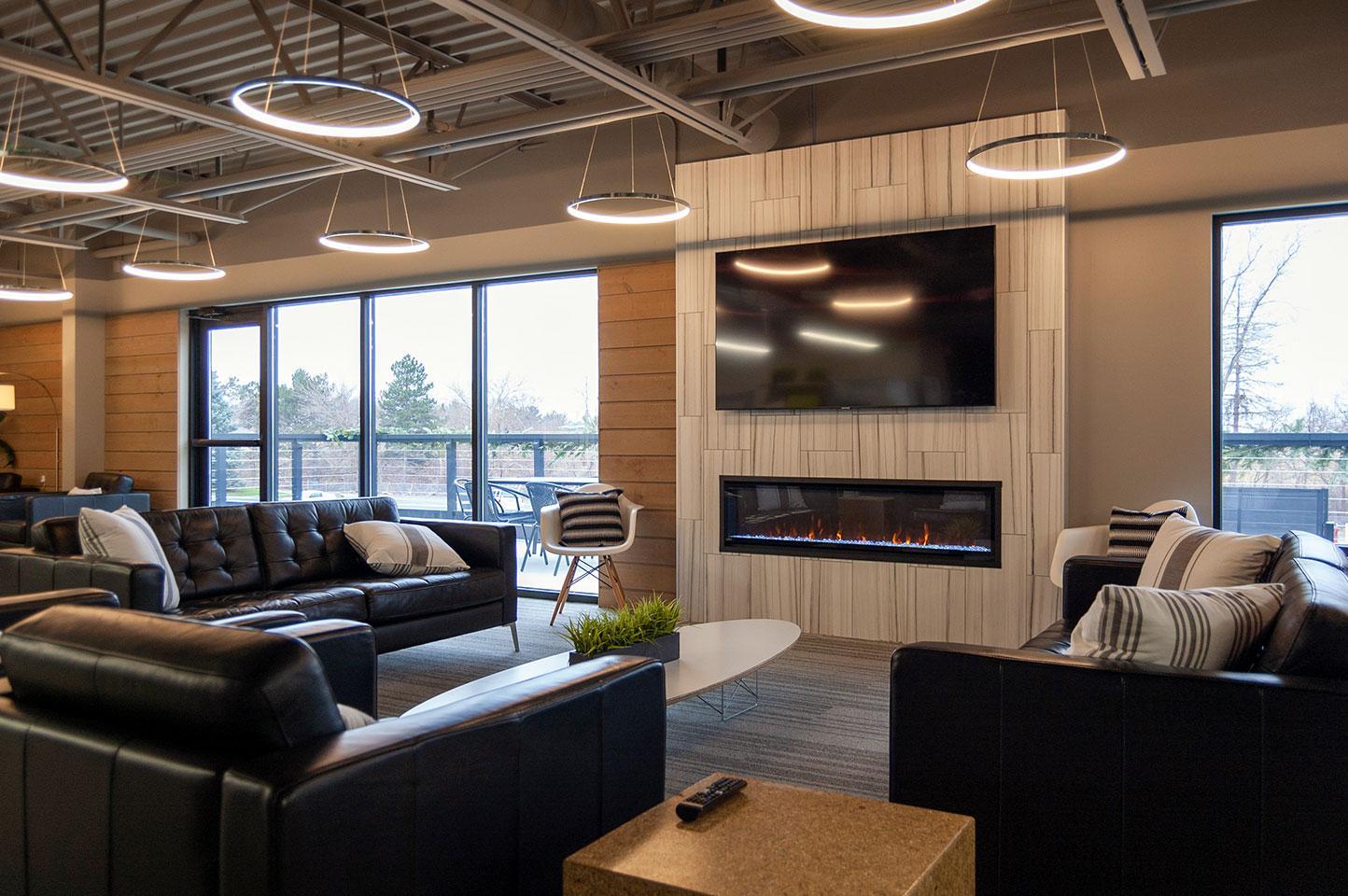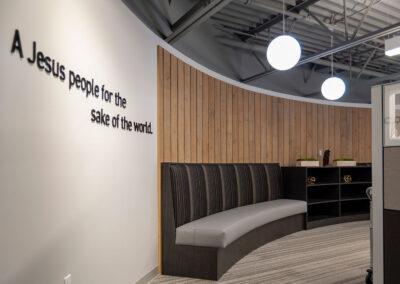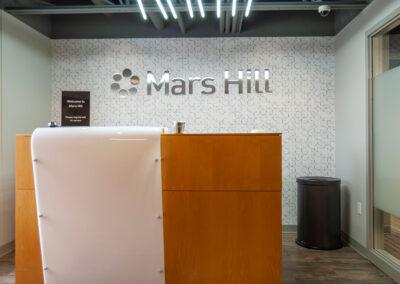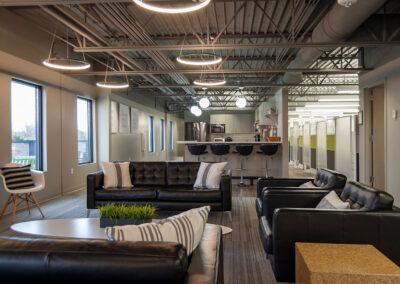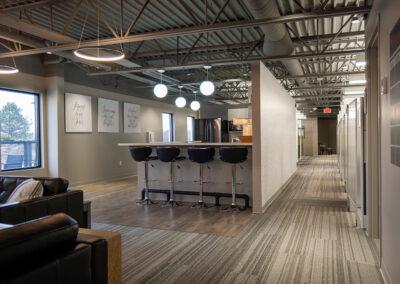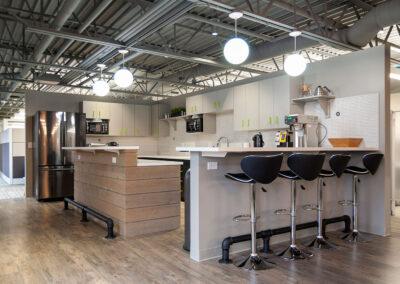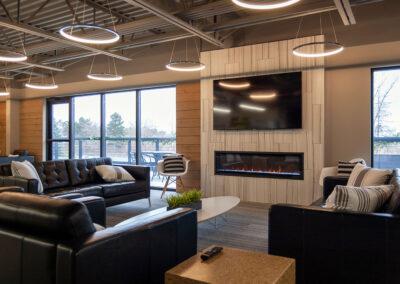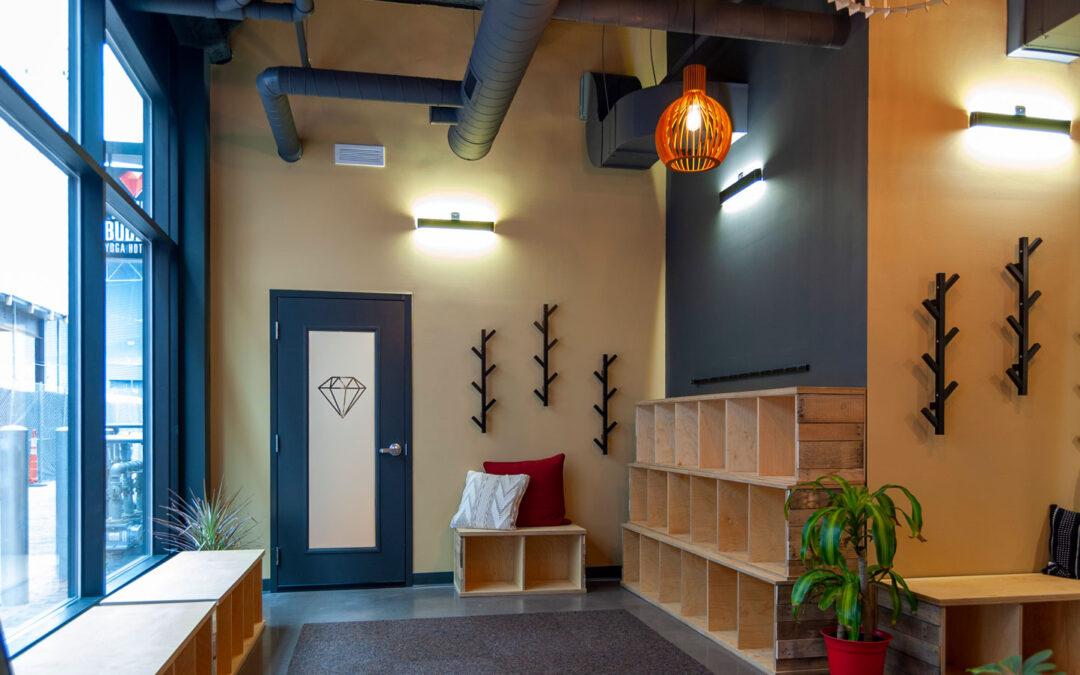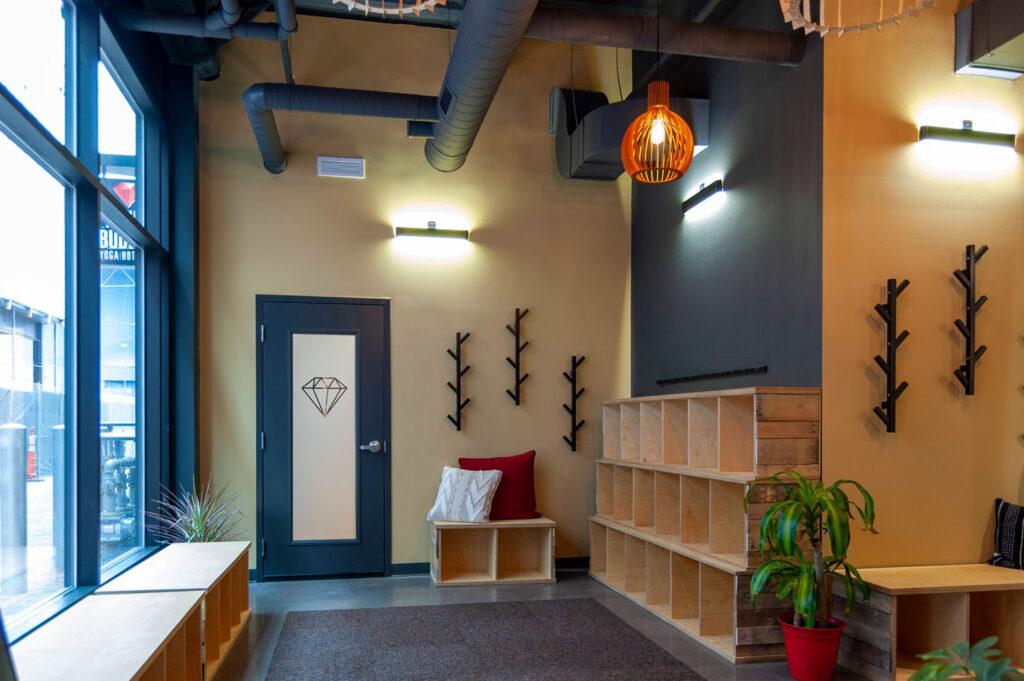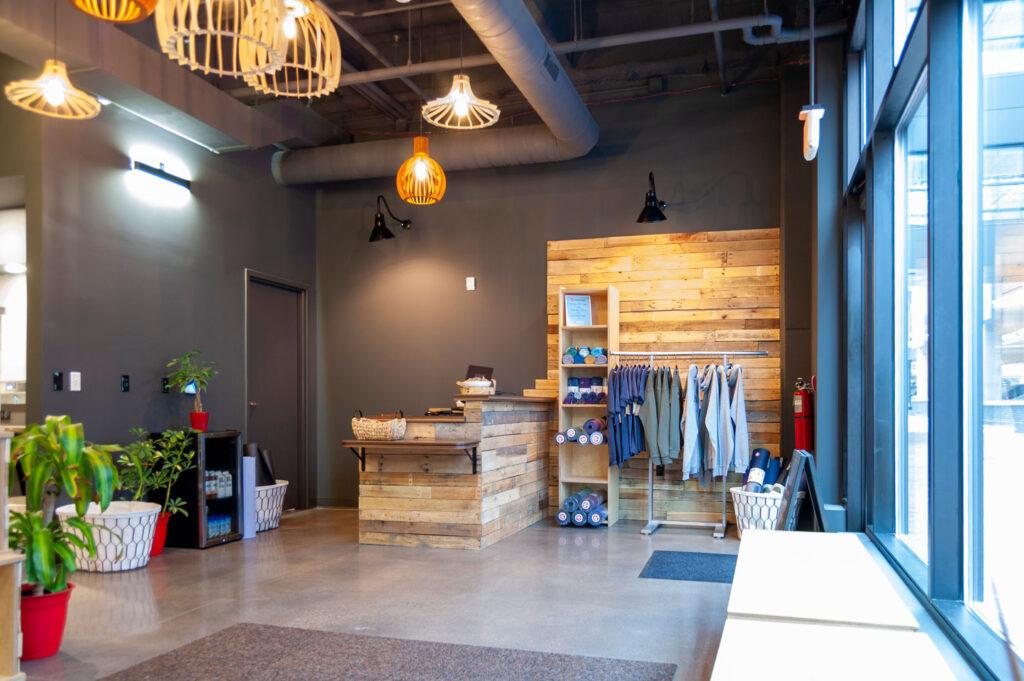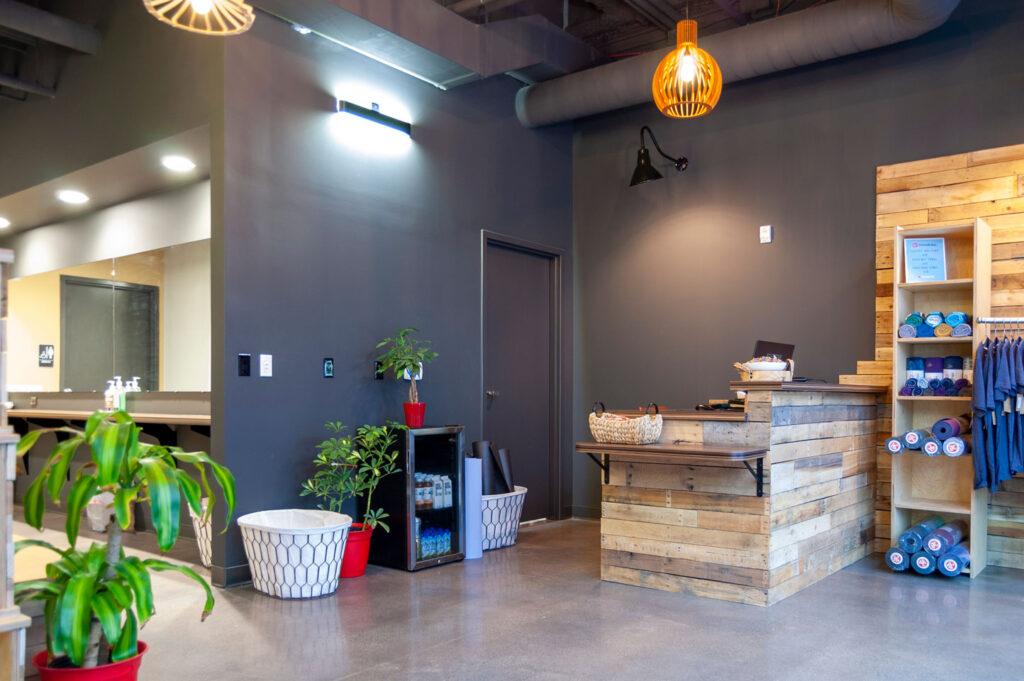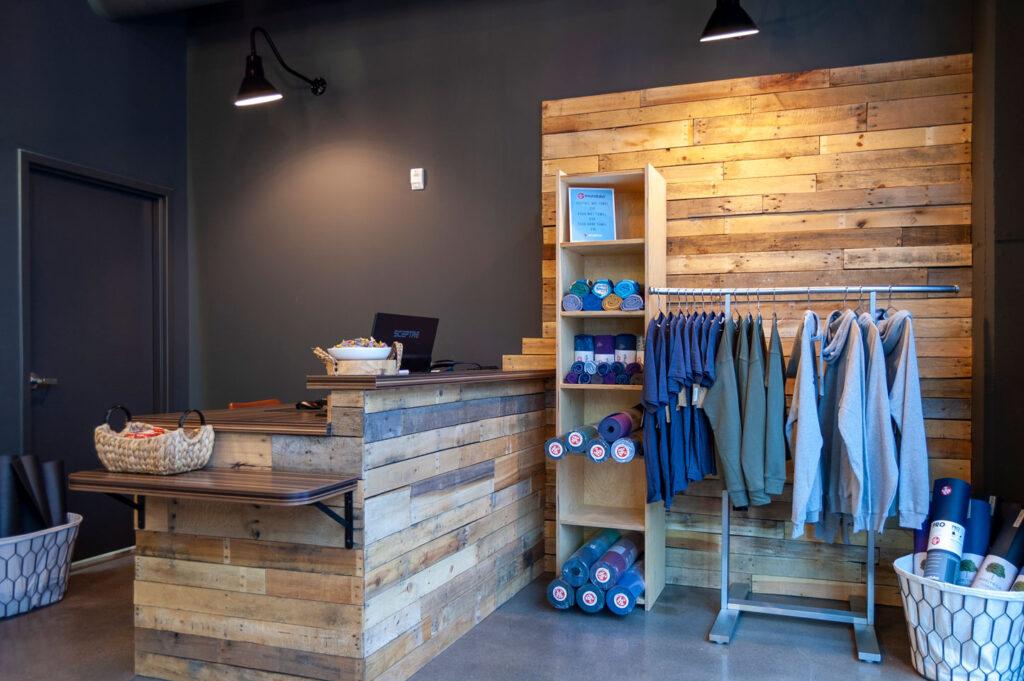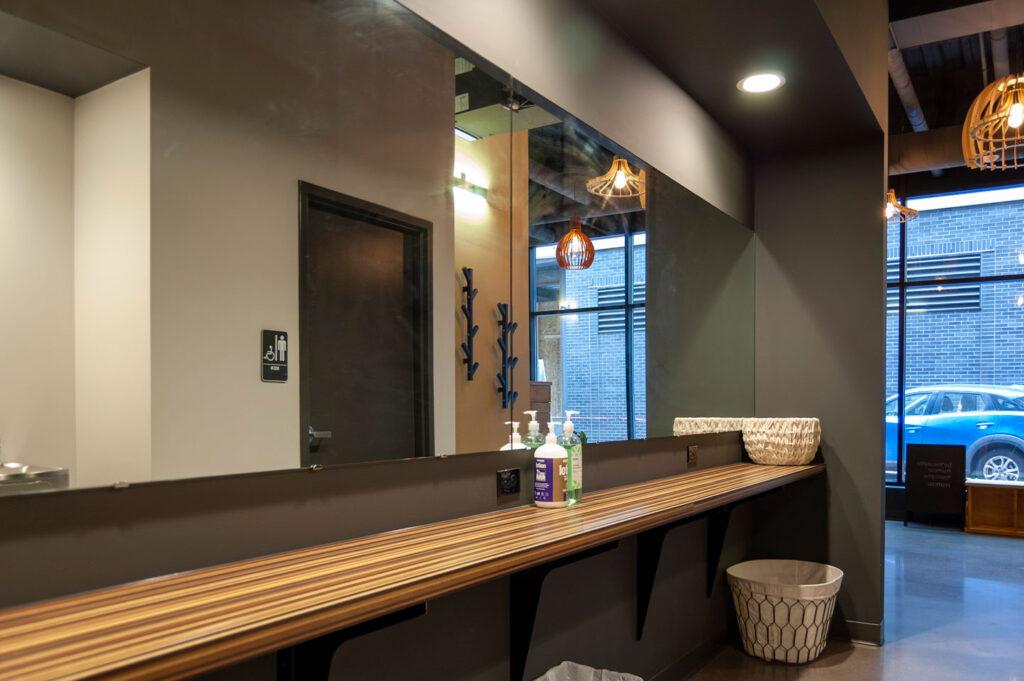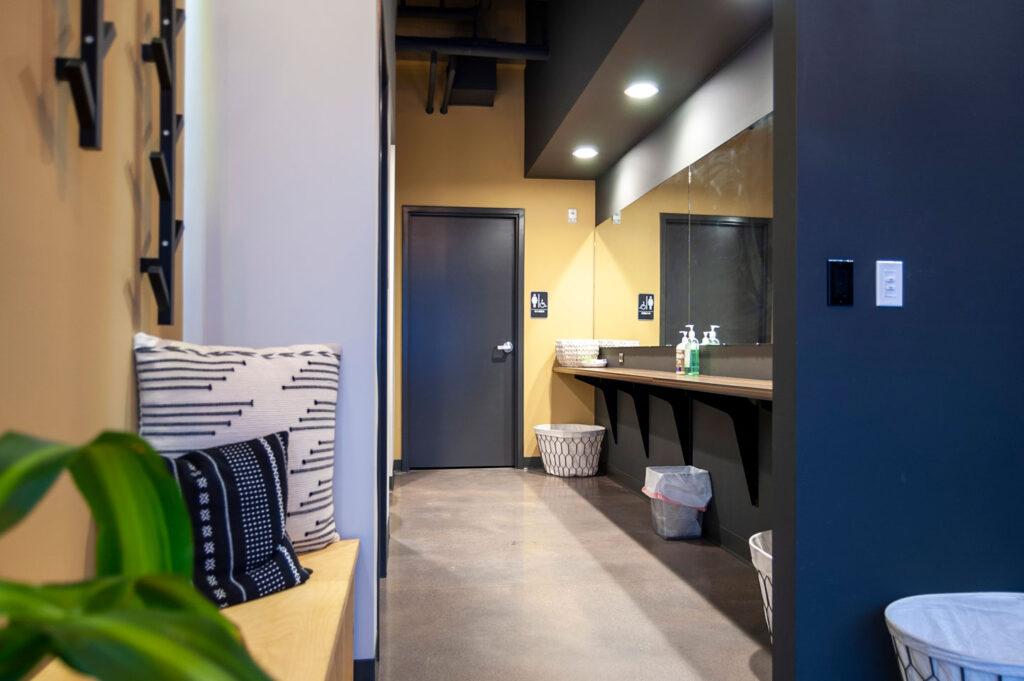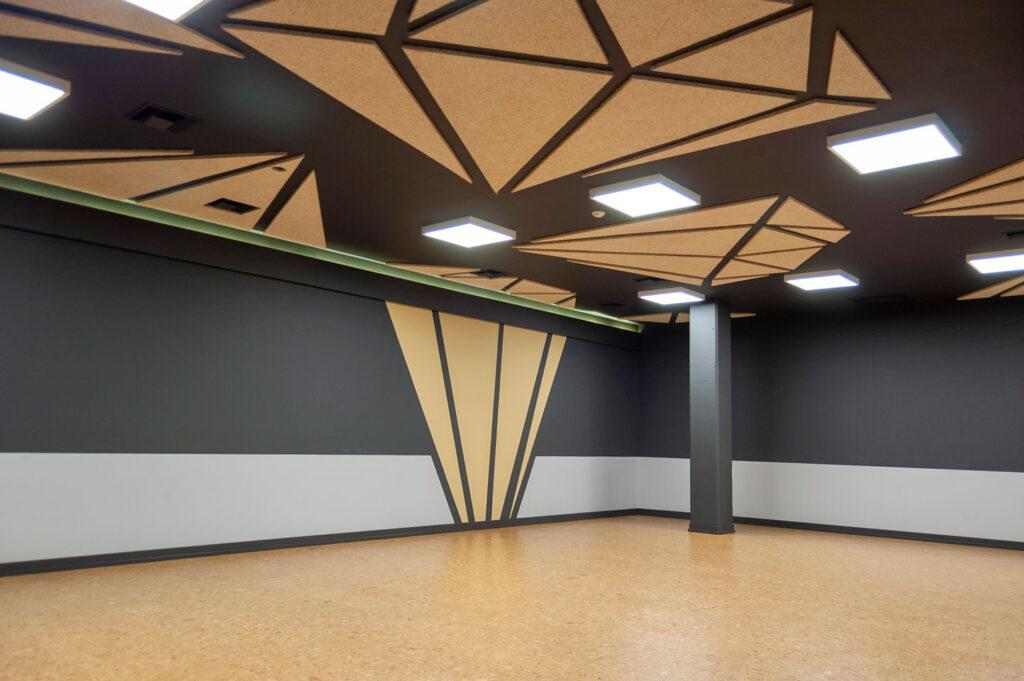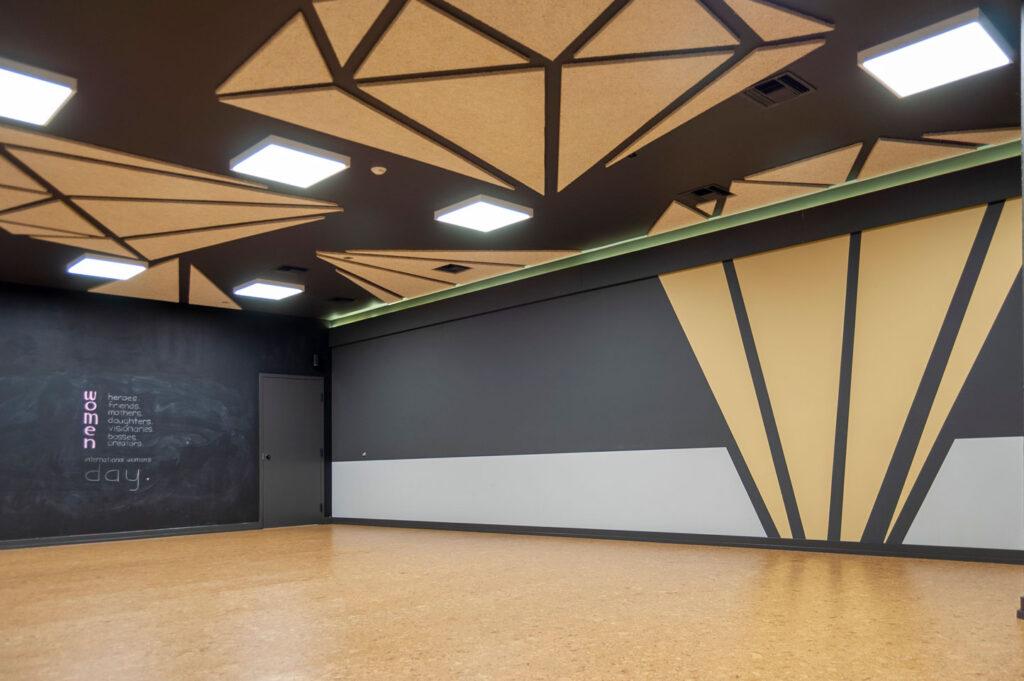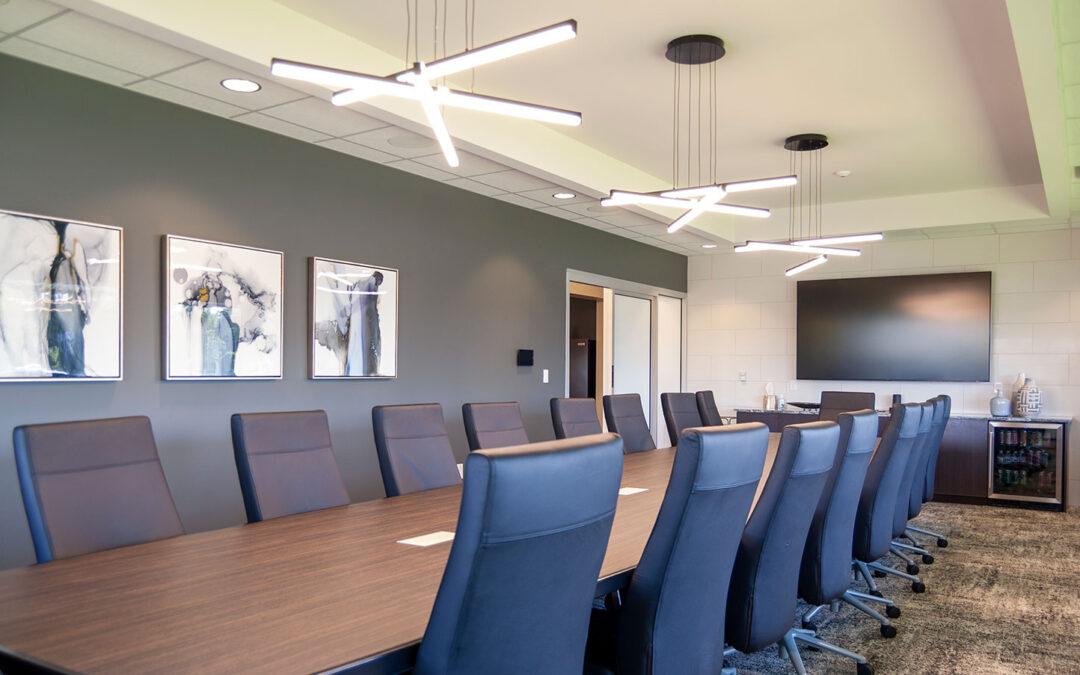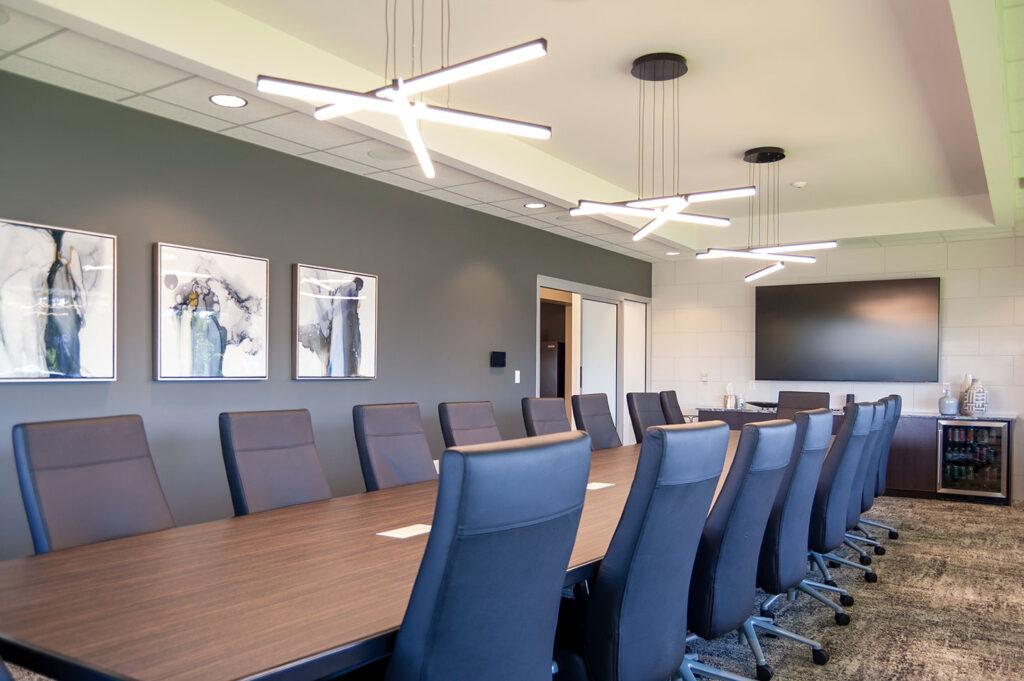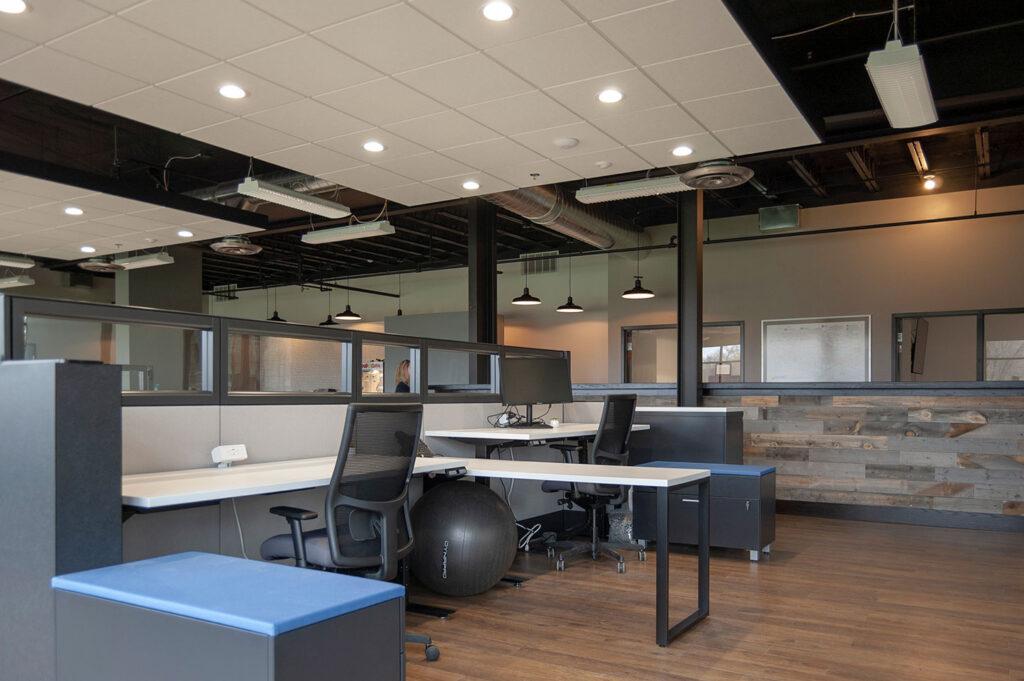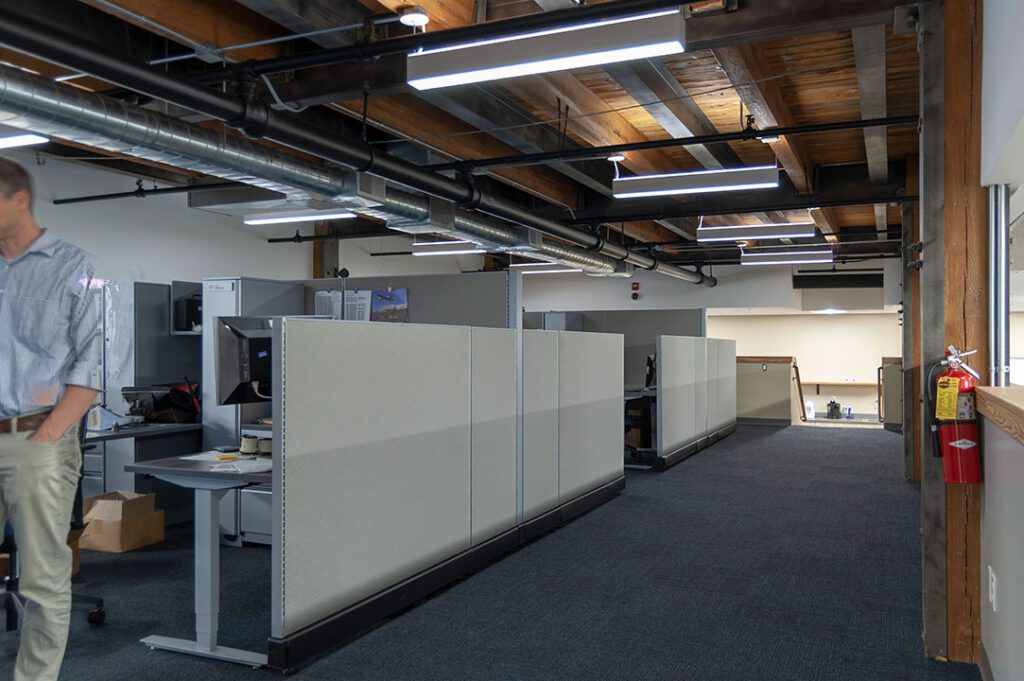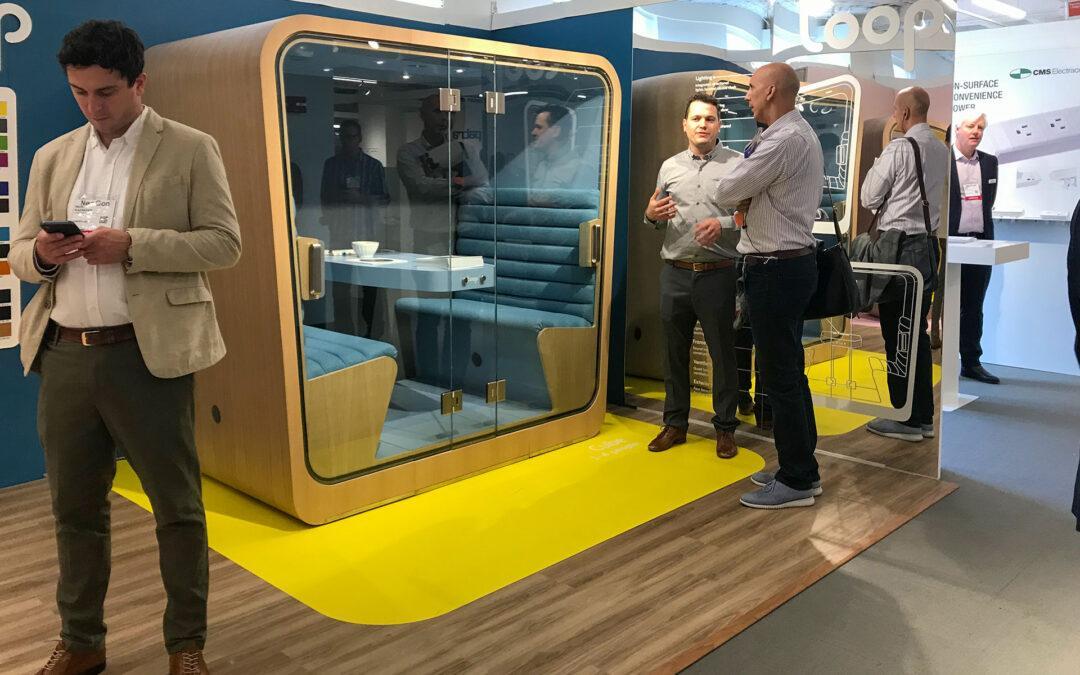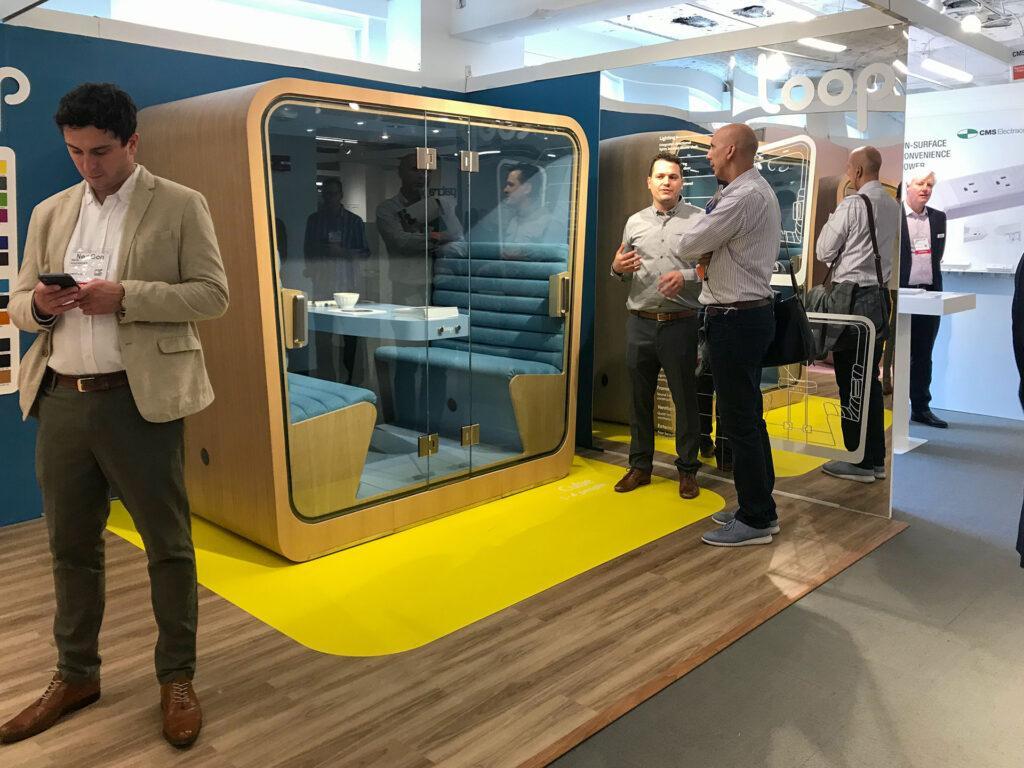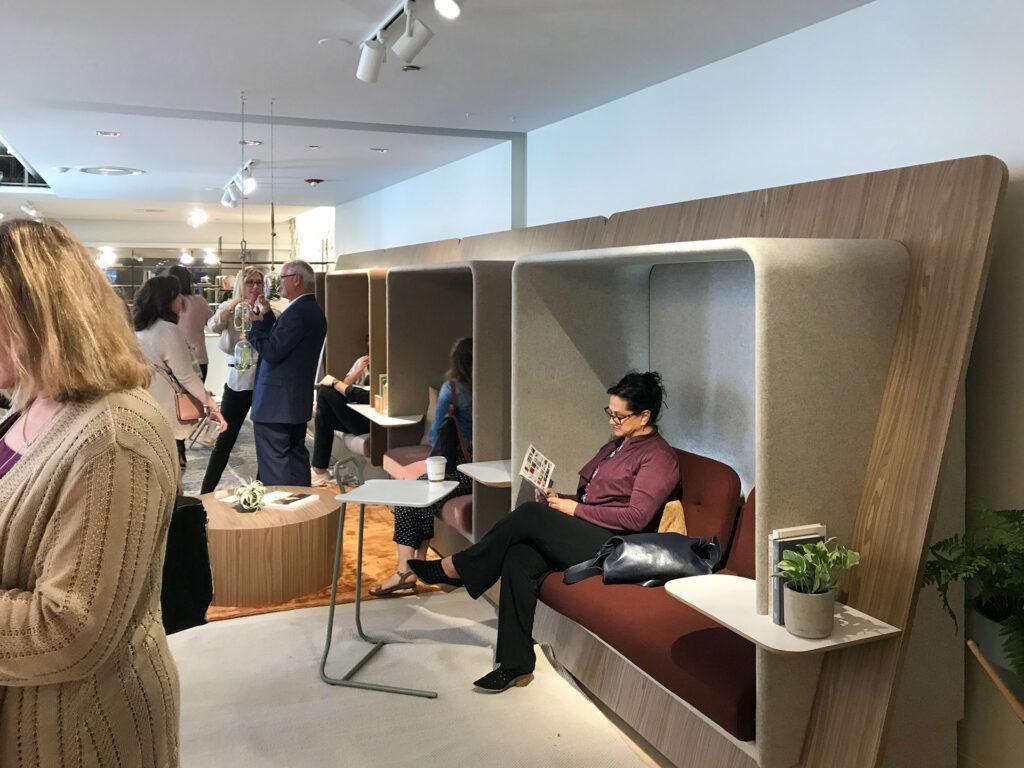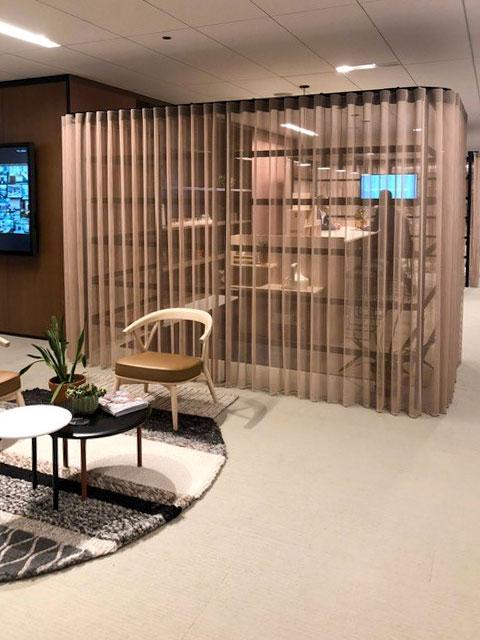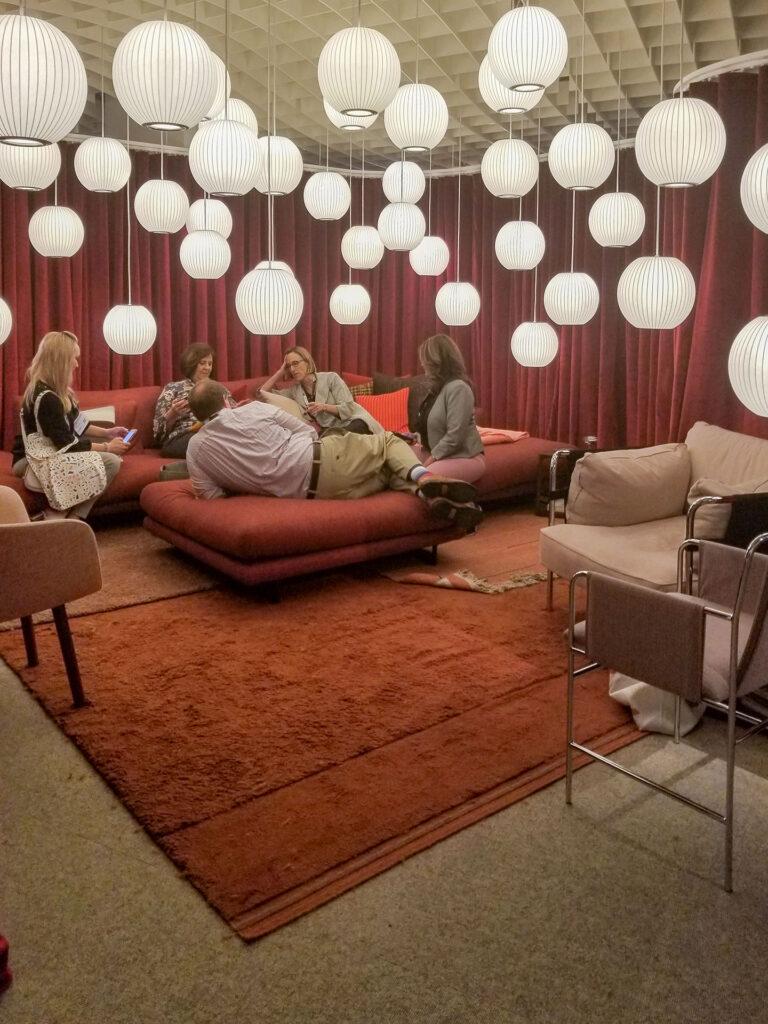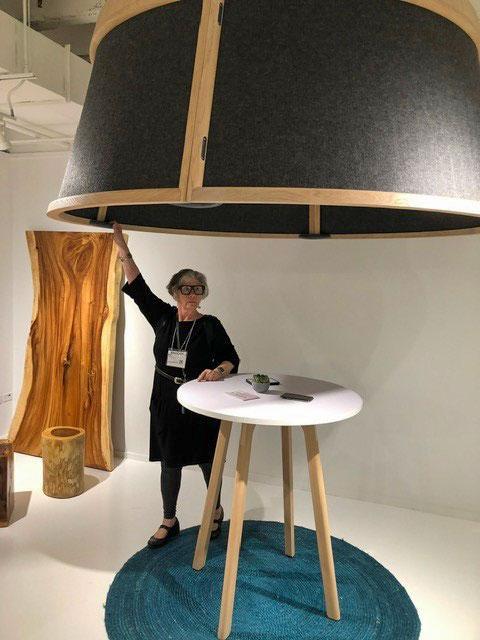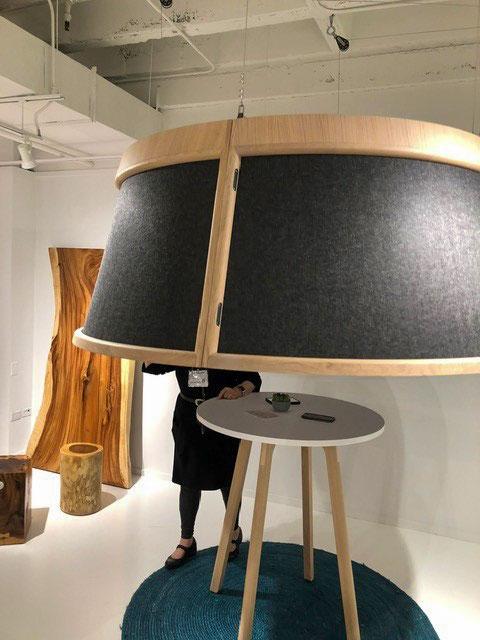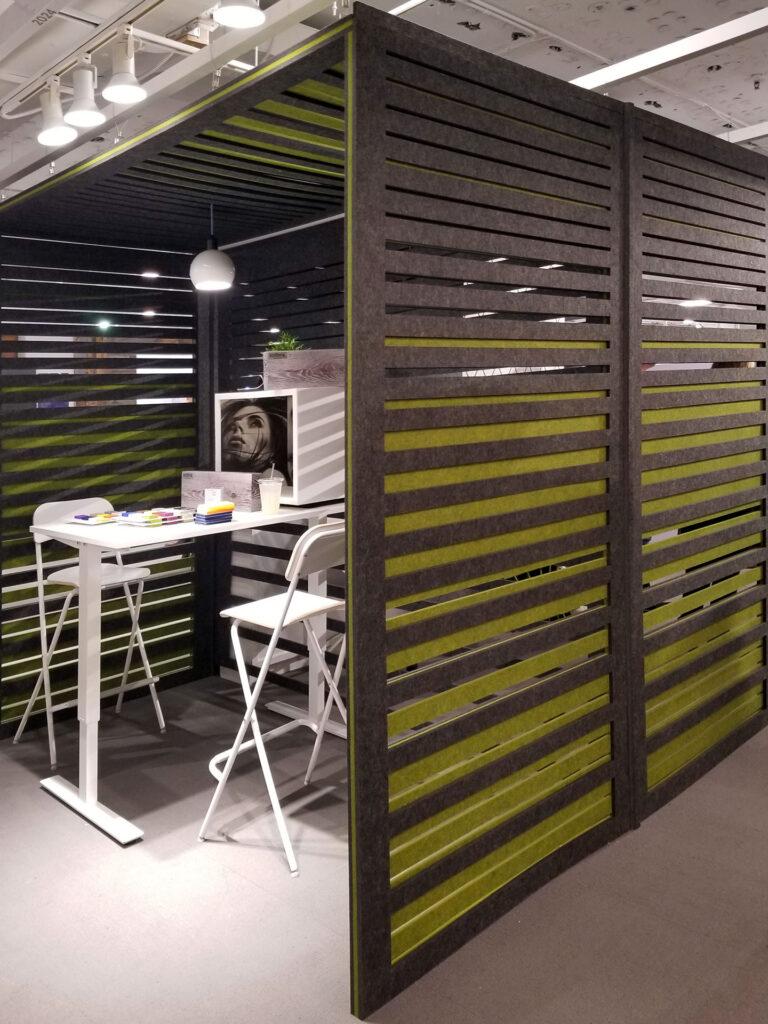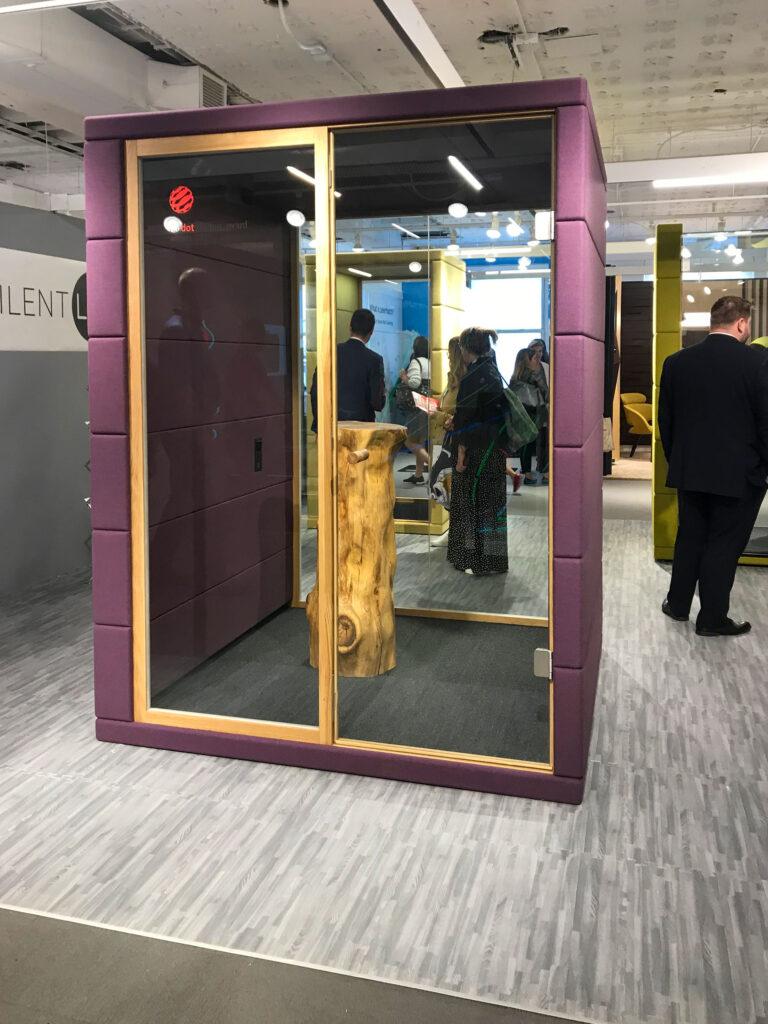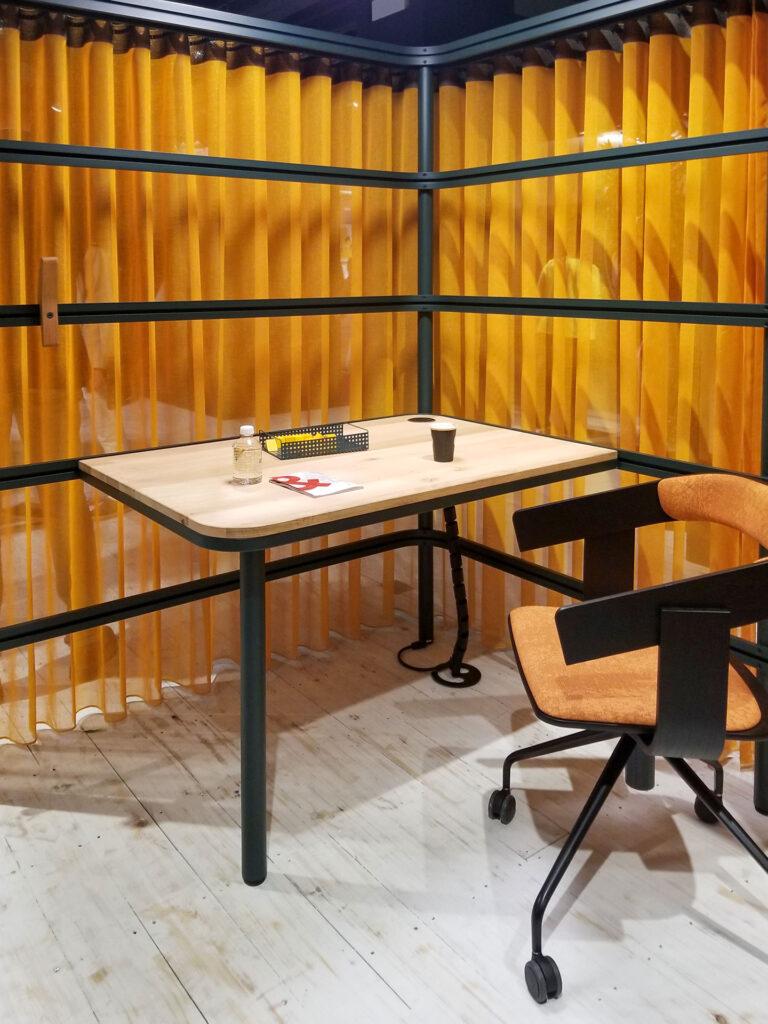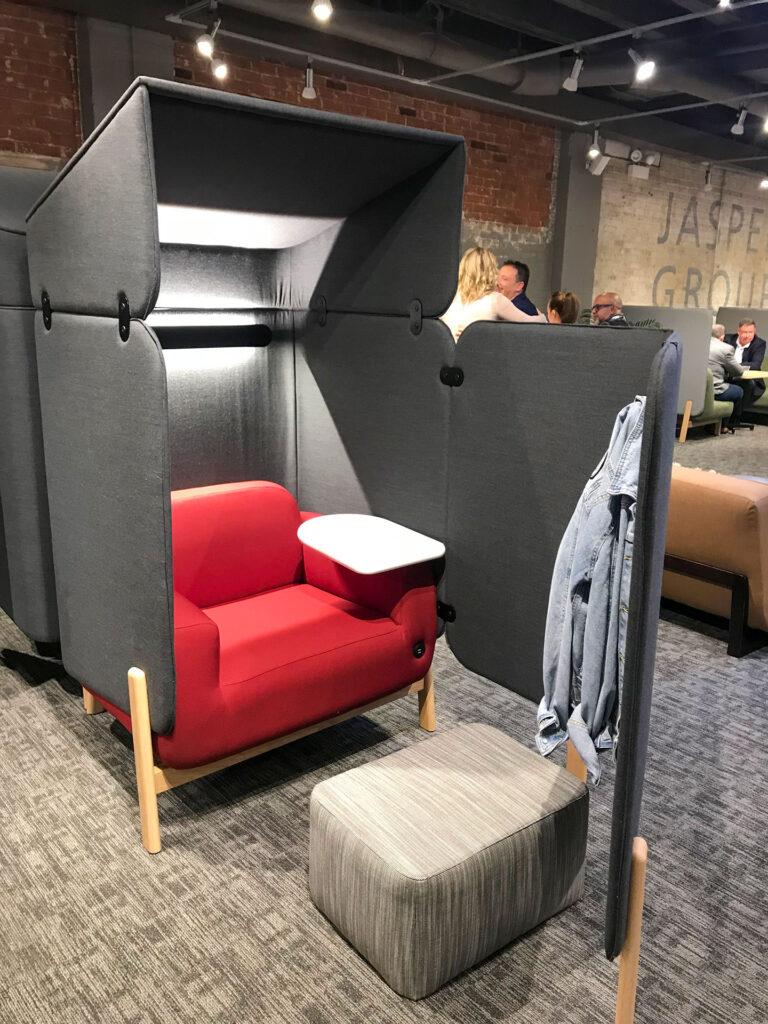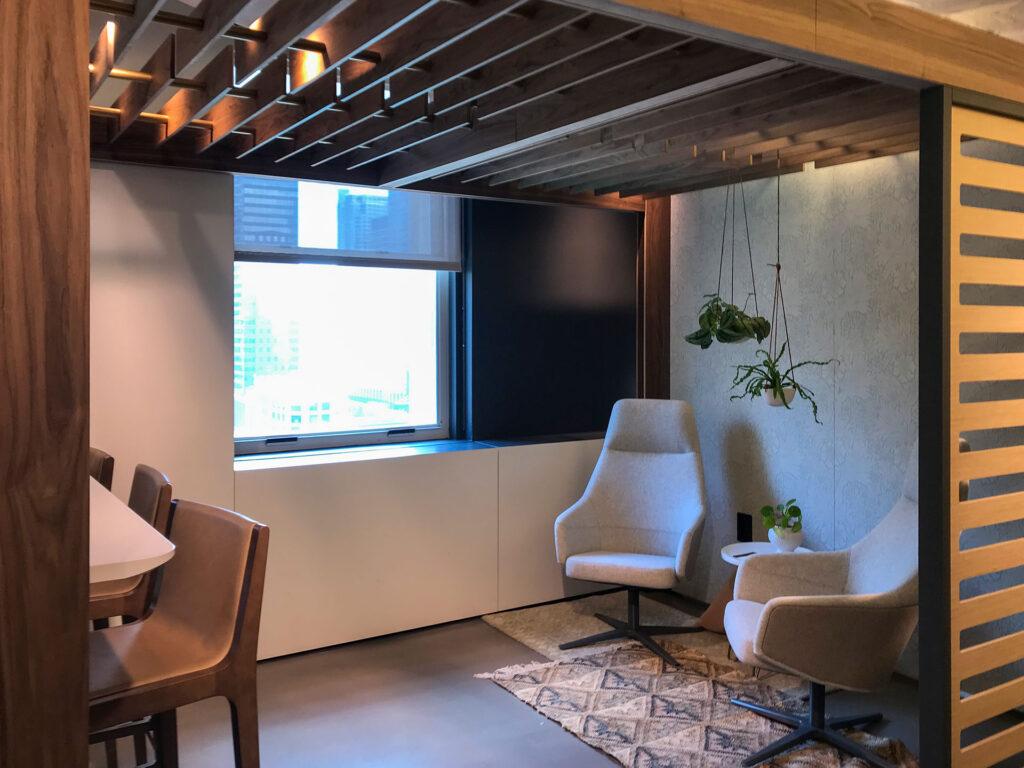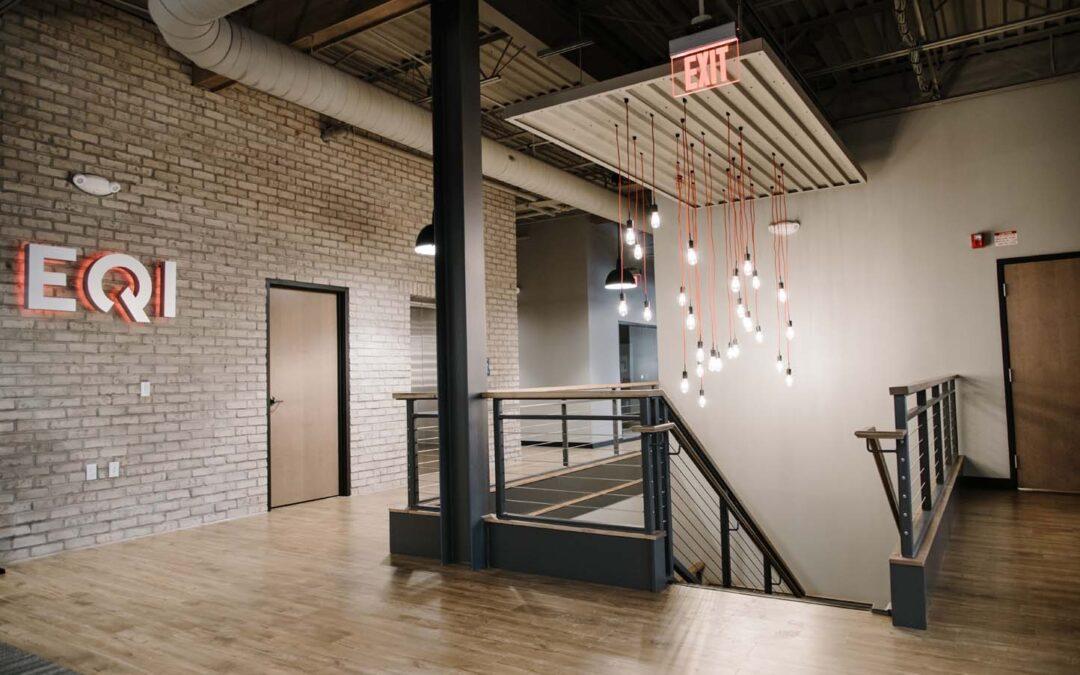
New Landmark Office Building for Coach Road Capital and EQI

Relationships and innovation create great designs. Dixon Architecture and Coach Road Capital gave us a level of trust that allowed us to push the envelope on the design for this four-suite, state-of-the-art office building. We thank Jim Reyers of Copper Rock Construction for the willingness to listen to design needs and help us execute our customers’ visions.
Building owner Coach Road Capital has a variety of businesses including, but not limited to, US Retail, which manages over 40 locations of Pet Supplies Plus. As Coach Road Capital, they are real estate developers and business investors.
Our work with Coach Road established building standards for all suites, as well as created a design for communal areas. We worked with the first two tenants to customize their space to meet their business and brand needs.
Coach Road Capital
Not only had they outgrown their offices, but they were also looking to create a more collaborative and open environment for their team.
Their new office offers a spacious feel with interesting details. Our favorite features are the ceiling clouds and lighting, the metal siding on the interior of the space, the wood walls in the conference room, and the natural color scheme.
We appreciated the leadership of Val and Aaron Young and Terry Nash who gave us the direction and encouragement to help them make this a wonderful space for their team. They were tireless in their efforts and we appreciate their trust.
EQI
EQI provides tailored design, engineering, procurement, and logistics services for metal castings across diverse end markets at a global scale. The Spring Lake corporate office provides design and project management as they work with their offices in China, Vietnam, and India for the manufacturing and fulfillment of customized products.
Again, this company had outgrown its space but also wanted to change how they work. They needed their team to be more exposed to all department activities and to understand how their work fits into the entire project and business outcomes.
The new space offices a variety of meeting and break out areas which were lacking before. All offices have glass walls to the open areas, connecting everyone visually. A large break room/kitchen is an inviting “other” space that hopes to bring people together for a variety of social and work activities.
We are especially excited about the interior brick wall, the interesting light fixtures, the open staircase the warm color scheme, and the subtle placement of brand-friendly finishes.
President and CEO of EQI, Blake Phillips, was attentive and patient as we designed the space through the time of COVID, and he inspired us as a strong believer in the importance of design.
Click on thumbnails to view larger images.


